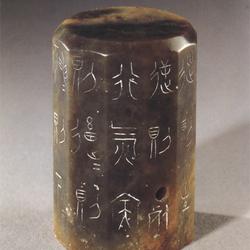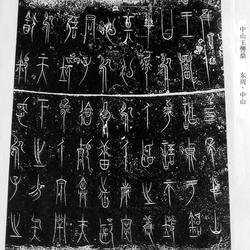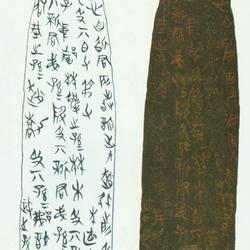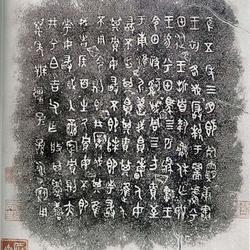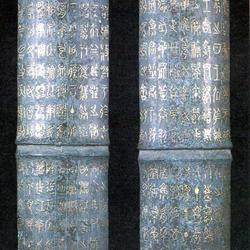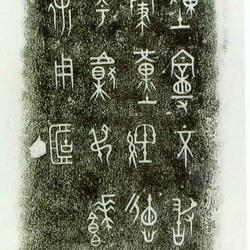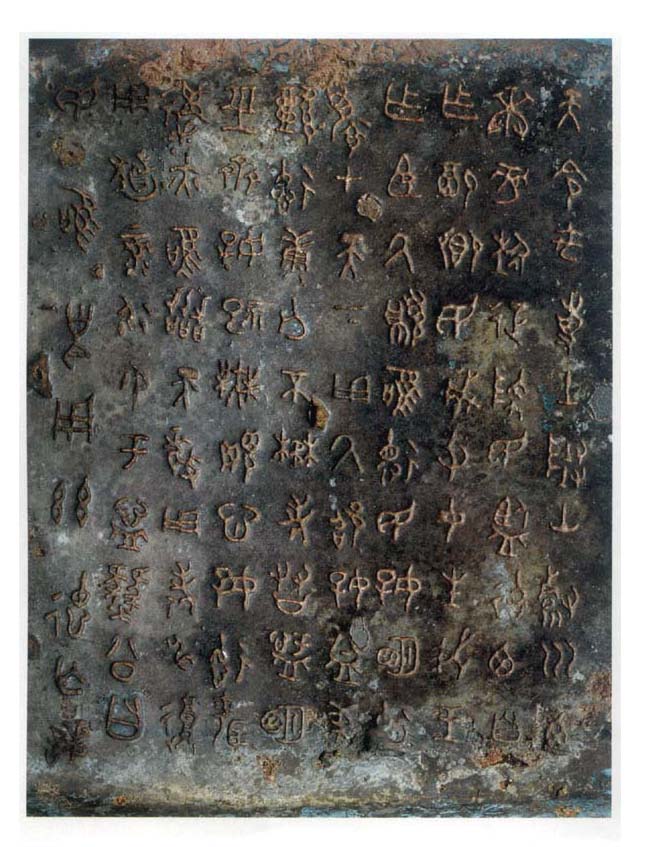
Inscription of Sui Gong Yu (Bin Gong Yu), collected by Beijing Poly Art Museum
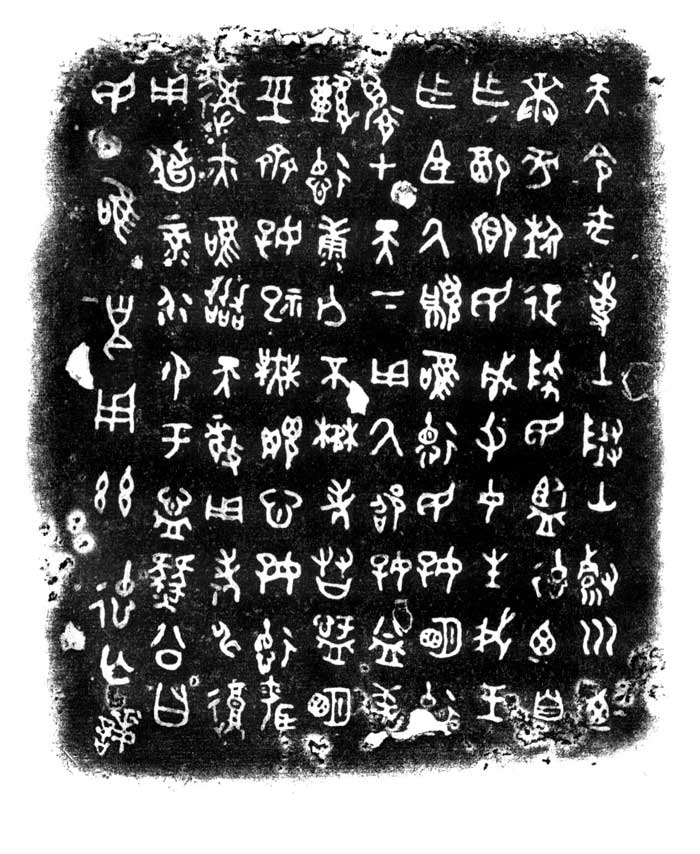
Sui Gong Xu (also known as Bin Gong Xu and Xie Gong Xu) is 11.8 cm high, 24.8 cm in diameter, and weighs 2.5 kg. It is oval in shape, with a straight mouth, ring feet, slightly bulging abdomen, animal head and two ears, and the ear rings resemble original ones. There was a ring in the title, which has now been lost. There is a sharp arc-shaped gap in the middle of the ring foot, the lid of the cup is missing, and there is an inscription of 98 characters in 10 lines on the inner bottom. The mouth of the vessel is decorated with split-tailed bird patterns, and the belly of the vessel is decorated with tile groove patterns. It was accidentally discovered in the overseas cultural relics market by experts from the Beijing Poly Art Museum in the spring of 2002, and is now in the collection of the Beijing Poly Art Museum.
Inscription:
The destiny of Yu Gui was to lay down the earth, and to dredge the mountains and rivers. They set up levies in order to set up levies, and sent down the people to supervise their virtues. They were responsible for their own rights, and the people became parents and gave birth to my king as a minister. Jue is only virtuous, the people like Mingde, worry about the world, use Jue Shao to be good, seek virtue, be healthy and die without losing sight of it, be filial to friends and worship the bright, keep the scriptures in order and worship well, and there is no evil. If your heart is virtuous, your marriage will only be in harmony with heaven. Use the god of filial piety, reuse Zulu, and be forever prosperous in Ning. Duke Bin said: "The people are only virtuous and have no teachings!"
Appendix (1): Bronze Sui Gong Yu (Bin Gong Yu) with inscriptions on flood control by Dayu
A bronze vessel with inscriptions such as "Dayu controlled floods" and "Government with virtue" was recently unveiled in Beijing. It is the earliest known documentary record of Dayu and virtue governance in China. Experts believe that this confirms the existence of Dayu and the Xia Dynasty. This bronze vessel cast about 2,900 years ago is called Suigong Yu and has an inscription of 98 characters on it. It was accidentally discovered in the overseas cultural relics market this spring by experts from the Poly Art Museum in Beijing. Experts believe that this Suigong cup is a bronze ritual vessel cast by "Sui Gong", a king of Sui State in the middle of the Western Zhou Dynasty in ancient China. Professor Li Xueqin, leader and chief scientist of China's Xia, Shang and Zhou Dating Project expert group and former director of the Institute of History of the Chinese Academy of Social Sciences, recently pointed out at a relevant press conference that the long inscription cast on Yushang is beautiful in font; although the number of words is not many, it is Almost no nonsense. The inscription records that Dayu calmed down the floods by flattening some hills to block floods and dredging rivers. He also demarcated the nine states and stipulated their respective contributions according to the land conditions in each place. After the floods receded, those who had fled to the hills came down and resettled in the plains. Because of his contribution to the people, Dayu was able to become the king of the people and the "parent" of the people. The inscription also explains virtue and virtuous government in large paragraphs, teaching the people to behave virtuously. Li Xueqin said that "Yu" mentioned in the inscription was the founder of the Xia Dynasty. Without Dayu, there would be no Xia, let alone "China". But whether Dayu really existed and whether the Xia Dynasty existed has long been widely debated. The discovery of Suigong Yu predates the written records of Dayu's flood control by six to seven hundred years. It is the earliest and most detailed reliable written record of Dayu known to date, indicating that people were widely praising Dayu as early as 2900 years ago. achievements. The concept that Xia is the head of the "three generations" of Xia, Shang and Zhou has been deeply rooted in people's hearts as early as the Western Zhou Dynasty. It is understood that the cultural relic has been recently collected in the Beijing Poly Art Museum.

